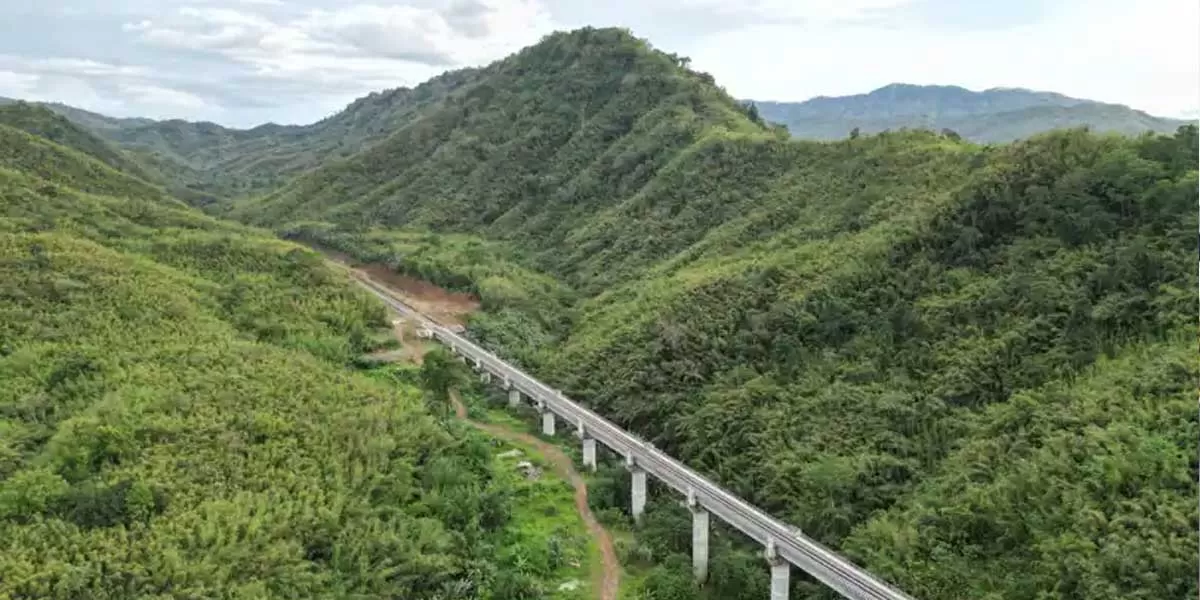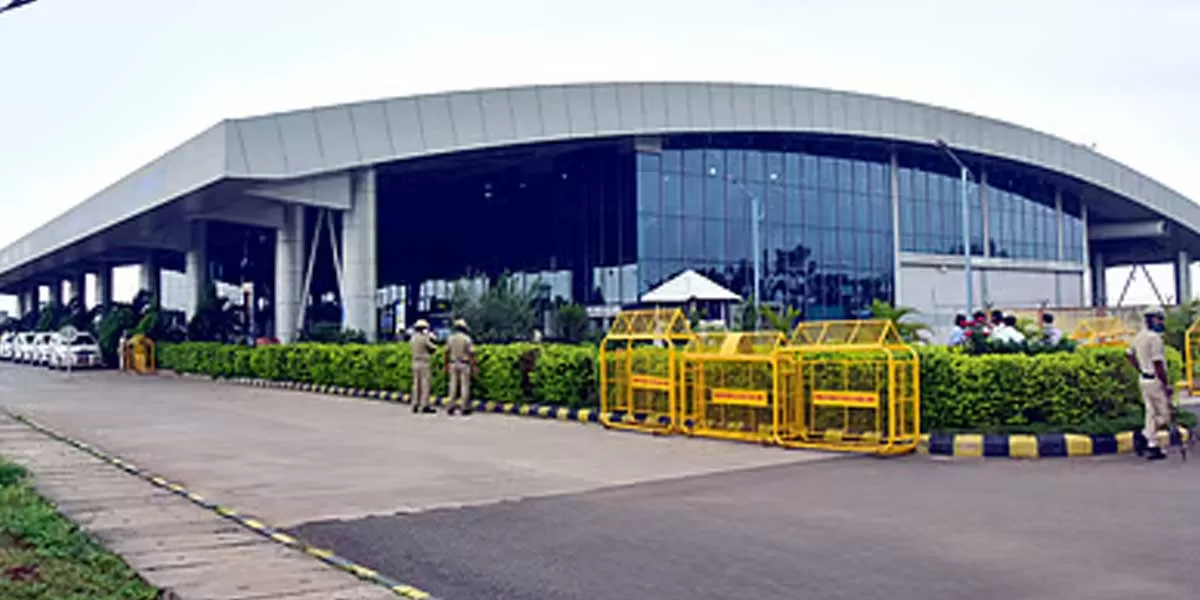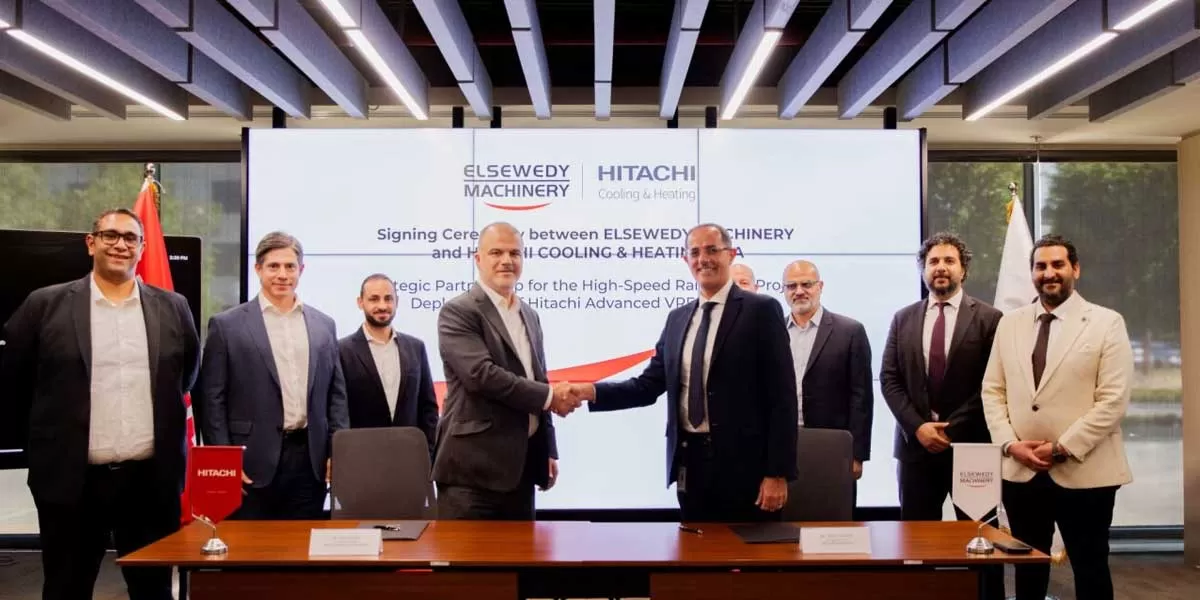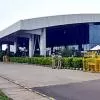Maharashtra’s new law for elevators, escalators, moving walkways: Otis India

Railway Link to Aizawl Completed After 26 Years
A railway project first conceived 26 years ago has finally become a reality, with the newly completed 51.38 km Bairabi–Sairang line bringing Mizoram’s capital, Aizawl, onto India’s railway map for the first time.This engineering feat spans some of the country’s most challenging terrain, featuring 48 tunnels that total nearly 13 km and over 40 bridges. Among them, Bridge No. 196 stands 104 metres high—42 metres taller than Delhi’s Qutub Minar. Constructed through dense forests, steep gradients, and landslide-prone regions, the project showcases remarkable engineering and perseveranc..

Hubballi Airport Upgrade to Host Bigger Aircraft Soon
Hubballi airport will soon be capable of accommodating larger aircraft such as the Airbus A320, as apron expansion and reconfiguration works progress. Once completed, the upgraded apron will allow for 10 larger aircraft and four smaller aircraft to be parked simultaneously.This project forms part of a broader airport upgradation initiative, which includes construction of a new eco-friendly terminal building, additional apron bays, four aerobridges, and supporting infrastructure. The total development cost is Rs 2.7 billion.The Airports Authority of India (AAI) has floated a tender worth Rs 350..

Johnson Controls–Hitachi and Elsewedy Machinery to Deliver Egypt’s Largest VRF System for National High-Speed Rail
Johnson Controls–Hitachi Air Conditioning Middle East and Africa (Johnson Controls–Hitachi Air Conditioning MEA), in collaboration with Elsewedy Machinery, has secured a landmark HVAC contract for Egypt’s transformative High-Speed Rail (HSR) project. The initiative marks a major milestone in the nation’s infrastructure landscape, connecting key cities and ports through a 660-km corridor, and setting new benchmarks in sustainable mobility. An official signing ceremony, attended by senior leadership from both Johnson Controls–Hitachi and Elsewedy Machinery, underscored the partner..



















